
Sara Dary Armbruster (born September 29, 1862) was an American businesswoman and publisher.

Sara Dary Armbruster (born September 29, 1862) was an American businesswoman and publisher.
Sara Dary Armbruster was born in Philadelphia, Pennsylvania, on September 29, 1862. Her early years were passed in luxury, and she had all the advantages of thorough schooling. [1]

When she was seventeen years old, reverses left her family poor and she was made partly helpless by paralysis. Obliged to support herself and other members of her family she took the Irving House, a hotel of ninety-five rooms, in Philadelphia, and by good management made it a successful establishment and lifted herself and those dependent upon her above poverty. [1] The building, at 915 and 917 Walnut Street, was originally two venues, Franklin Savings Fund and the Cyrus Cadwallader, Treasurer for the Fund. When the Franklin Savings Fund failed in the 1880s, the building became The J. Benton Young, Real Estate Broker, in 1885. Soon after it was converted in the Irving House: a night's stay at the hotel was between US$2 to US$2.50 in 1898 (US$2 in 1898, US$56.34 in 2017). In 1942, Irving House was replaced by the Hotel Senator. The building was later demolished. [2]
She was a business woman, and a successful one from the day on which she was thrown upon her own resources. She founded in Philadelphia the Woman's Exchange. [1]
Another of her enterprises was to furnish a house for the infants of widows and deserted wives in her native city. [1]
She was the publisher of the Woman's Journal, a weekly paper devoted to the cause of women. [1]
She married at an early age Jacob Henry Ambruster and divorced in 1893. [3] Of her three children, only one lived. [1]
She is buried at West Laurel Hill Cemetery, Bala Cynwyd, Pennsylvania.
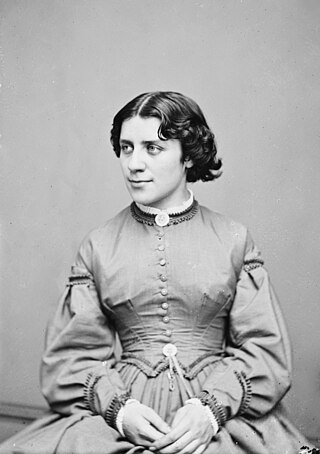
Anna Elizabeth Dickinson was an American orator and lecturer. An advocate for the abolition of slavery and for women's rights, Dickinson was the first woman to give a political address before the United States Congress. A gifted speaker at a very young age, she aided the Republican Party in the hard-fought 1863 elections and significantly influenced the distribution of political power in the Union just prior to the Civil War. Dickinson was the first white woman on record to summit Colorado's Longs Peak, Lincoln Peak, and Elbert Peak, and she was the second to summit Pike's Peak.

The Philadelphia Museum of Art (PMoA) is an art museum originally chartered in 1876 for the Centennial Exposition in Philadelphia. The main museum building was completed in 1928 on Fairmount, a hill located at the northwest end of the Benjamin Franklin Parkway at Eakins Oval. The museum administers collections containing over 240,000 objects including major holdings of European, American and Asian origin. The various classes of artwork include sculpture, paintings, prints, drawings, photographs, armor, and decorative arts.

The Philadelphia High School for Girls, also known as Girls' High, is a public college preparatory magnet high school for girls in Philadelphia, Pennsylvania. As its name suggests, the school's enrollment is all female.

Horace Trumbauer was a prominent American architect of the Gilded Age, known for designing residential manors for the wealthy. Later in his career he also designed hotels, office buildings, and much of the campus of Duke University.
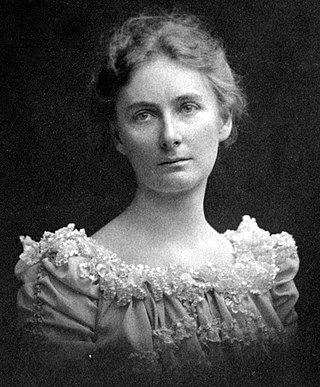
Florence Bascom was an American pioneer for women as a geologist and educator. Bascom became an anomaly in the 19th century when she earned two bachelor's degrees. Earning a Bachelor of Arts in 1882, and a Bachelor of Science in 1884 both at the University of Wisconsin. Shortly after, in 1887, Bascom earned her master's degree in geology at the University of Wisconsin. Bascom was the second woman to earn her PhD in geology in the United States, in 1893. Receiving her PhD from Johns Hopkins University, this made her the first woman to earn a degree at the institution. After earning her doctorate in geology, in 1896 Bascom became the first woman to work for the United States Geological Survey as well as being one of the first women to earn a master's degree in geology. Bascom was known for her innovative findings in this field, and led the next generation of female geologists. Geologists consider Bascom to be the "first woman geologist in America".
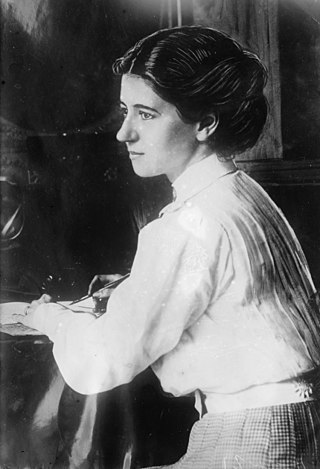
Violet Oakley was an American artist. She was the first American woman to receive a public mural commission. During the first quarter of the twentieth century, she was renowned as a pathbreaker in mural decoration, a field that had been exclusively practiced by men. Oakley excelled at murals and stained glass designs that addressed themes from history and literature in Renaissance-revival styles.
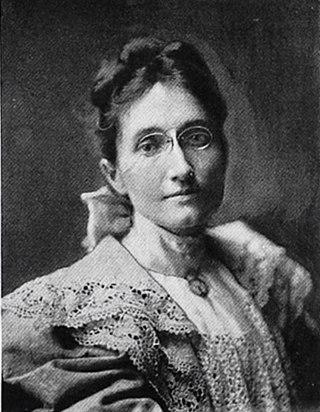
Alice Barber Stephens was an American painter and engraver, best remembered for her illustrations. Her work regularly appeared in magazines such as Scribner's Monthly, Harper's Weekly, and The Ladies Home Journal.
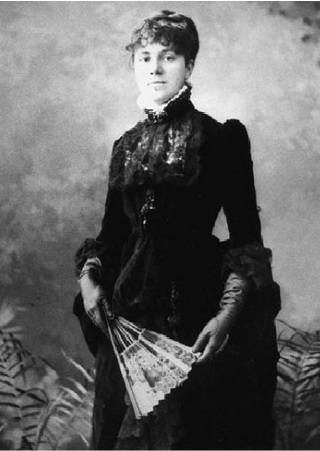
Emily Sartain was an American painter and engraver. She was the first woman in Europe and the United States to practice the art of mezzotint engraving, and the only woman to win a gold medal at the 1876 World Fair in Philadelphia. Sartain became a nationally recognized art educator and was the director of the Philadelphia School of Design for Women from 1866 to 1920. Her father, John Sartain, and three of her brothers, William, Henry and Samuel were artists. Before she entered the Pennsylvania Academy of the Fine Arts and studied abroad, her father took her on a Grand Tour of Europe. She helped found the New Century Club for working and professional women, and the professional women's art clubs, The Plastic Club and The Three Arts Club.
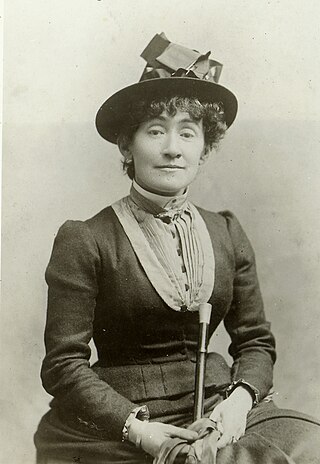
Blanche Nevin (1841–1925) was an American artist and poet. She is considered America's first noteworthy woman sculptor, and is best known for her sculpture of Revolutionary War General Peter Muhlenberg in the U.S. Capitol's National Statuary Hall Collection.

Sara Louisa Oberholtzer was an American poet, activist, and economist. Interested in the uplifting of humanity, she gave close attention to the introduction of school savings-banks into the public schools since 1889. She made an address on the subject in the first meeting of the Women's Council, in Washington, D.C. in February, 1891, which was printed in their "Transactions." Her address on school savings banks before the American Academy of Political and Social Science, in Philadelphia, in May, 1892, was printed in pamphlet form by the Academy. Her "How to Institute School Savings Banks," "A Plea for Economic Teaching " and other leaflet literature on the subject had broad circulation. She was widely instrumental in establishing school savings banks in the United States, Canada, Australia and the Sandwich Islands. She was also elected world's and national superintendent of that work for the Woman's Christian Temperance Union, which enlarged its channels. As W. C. T. U. World's Superintendent of School Savings Banks, Oberholtzer hoped to introduce this system in other countries beyond the U.S.

Alice De Wolf Kellogg was an American painter whose work was exhibited at the 1893 World's Columbian Exposition.
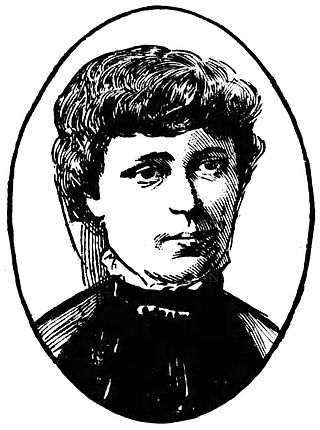
Emily Elizabeth Holman, better known by her professional name of E. E. Holman, was one of the first female architects of Pennsylvania. She was active from the 1880s to her retirement in 1914 and was responsible for planning several important historical sites like the Goold House in the Wilder Village Historic District, Wilder, Vermont and the National Park Seminary among many others.

Katherine "Kate" Smeed Cross was an American social leader.

Ittie Kinney Reno was a novelist and social leader.
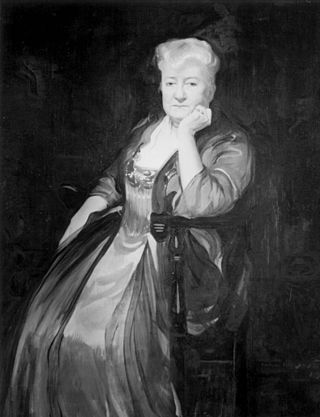
Sara Yorke Stevenson was an American archaeologist specializing in Egyptology, one of the founders of the University of Pennsylvania Museum of Archaeology and Anthropology, suffragist and women's rights activist, and a columnist for the Philadelphia Public Ledger.

Elizabeth Wendell Hunter Ewing served as a nurse during the American Civil War, and later as president of the National Association of Army Nurses of the Civil War.

Elizabeth Willing Powel was an American socialite and a prominent member of the Philadelphia upper class of the late 18th and early 19th centuries. The daughter, later sister and then wife of mayors of Philadelphia, she was a salonnière who hosted frequent gatherings that became a staple of political life in the city. During the First Continental Congress in 1774, Powel opened her home to the delegates and their families, hosting dinner parties and other events. After the American Revolutionary War, she again took her place among the most prominent Philadelphian socialites, establishing a salon of the Republican Court of leading intellectuals and political figures.
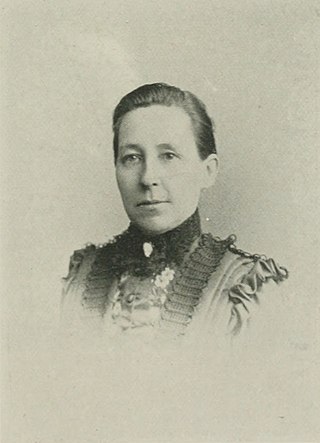
Caroline Matilda Dodson was an American physician.

Mary J. Scarlett Dixon was an American physician. She was also an activist in the anti-slavery cause.
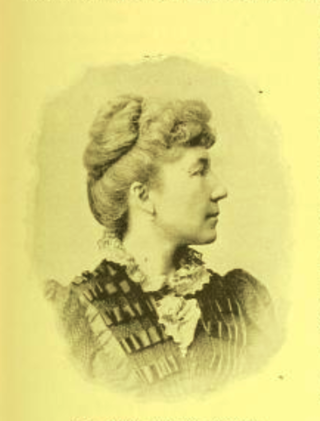
Mary Temple Bayard was an American writer and journalist. Her literary work was mostly written for magazines in the interest of women's social reform and philanthropic movements. Her reputation as a writer was made under the pen name of "Meg".